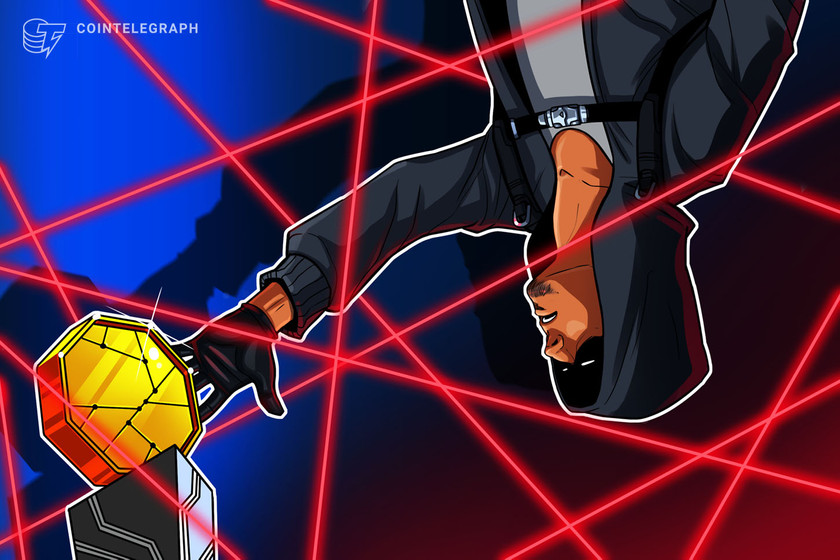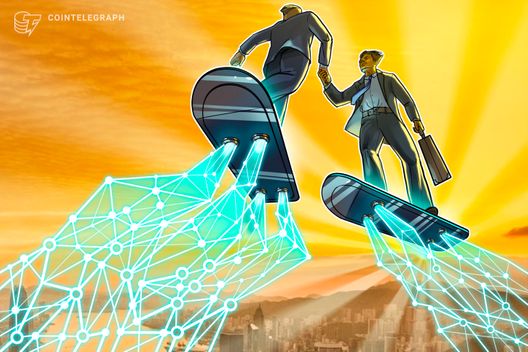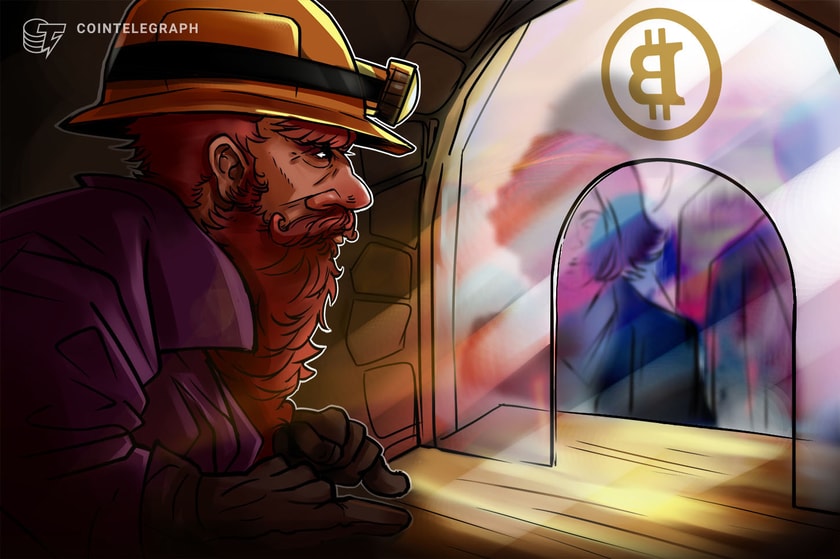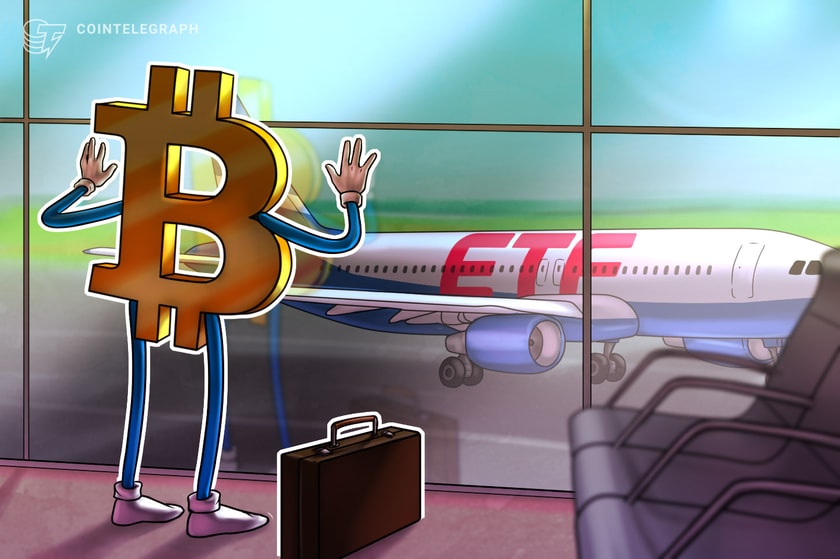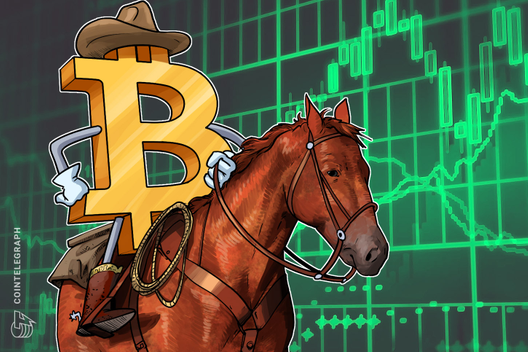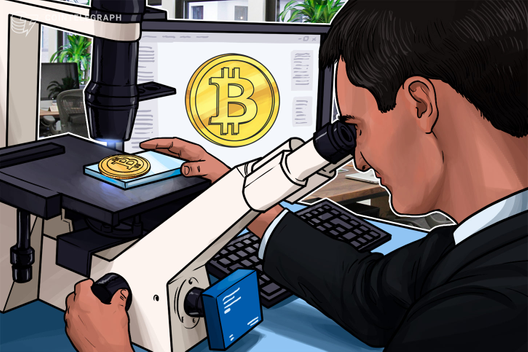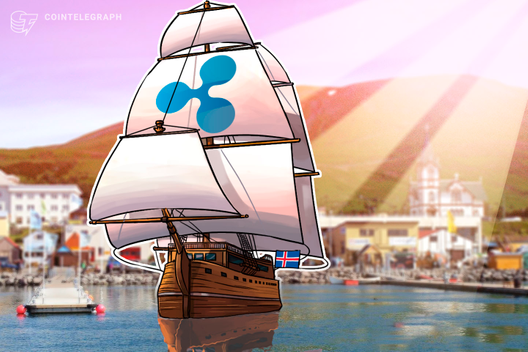Russia Is Set to Create a New Regime for Tokenized Securities
Russian legislators have passed the nation’s first crypto law after discussing crypto regulation for the last five years. The bill, titled “On Digital Financial Assets,” has had dozens of versions that have varied from one another massively.
The version that was discussed last year didn’t have any identification of any digital currencies whatsoever. Another bill presented this year proposed jail sentences for buying large amounts of crypto with cash and large fines for smaller amounts.
While the current version mentions digital currencies, it is not going to send Russian traders to the decentralized gulag. Basically, it restricts buying goods and paying for services with crypto, while issuance and trading of digital currencies will be regulated by separate laws that will be discussed in the future.
The reason for this is that the so-called, much anticipated “crypto regulation” isn’t about crypto at all.
Digital financial assets equal security tokens
According to the new law, digital financial assets, or DFAs, represent digital rights, including monetary claims, the possibility of exercising rights under issuable securities, the right to participate in the capital of a nonpublic joint-stock company, and the right to demand the transfer of issuable securities.
In a broad sense, this means that DFAs are tokenized securities. Basically, the new Russian law regulates the issuance, turnover and offering of tokenized assets.
DFAs can be purchased using fiat — Russian rubles and foreign currencies — and other DFAs. Additionally, in the secondary market, they can be exchanged for digital utility assets. But they can’t be purchased for crypto — I mean, “digital currencies.” That’s the name that they’ve chosen for crypto.
Some top coins might have problems in Russia
So, there is a long, exhausting definition of digital currencies in the law. However, there is one main principle I would like to take into account:
“Digital currency is a set of electronic data (digital code) contained in the information system […] in respect of which there is no person obligated to each owner of such electronic data.”
This significant characteristic might cause uncertainty for some of the top-20 cryptocurrencies defined as digital currencies according to Russian law. It might affect tokenholders of Tether (USDT), TrueUSD (TUSD) or XRP, as issuers of all these tokens have some obligations. This would have a negative effect, as Russian residents won’t be able to trade what qualifies as a digital currency.
No room for startups
If you thought that the new regulation would spark a new wave of Russian startups for the issuance and trading of DFAs, you thought wrong. DFAs can be only issued on licensed issuance platforms that are operating in full compliance with incredibly strict regulations.
In order to obtain the necessary license, a company must build an incredibly complicated structure that includes: internal control services, risk management services, etc.
This structure is similar to the one that professional participants of the capital market already have. Moreover, as all activities in this sector will be regulated by the Bank of Russia, one might think that the whole structure was designed for large financial institutions that already operate in the market.
The role of startups in the market will probably be limited to users of platforms — ones that are willing to raise capital for their businesses. But there is a significant hurdle here: Because the DFA infrastructure is quite closed, and one might say that it is quite isolated, it will be incredibly hard to attract foreign investors.
Outside of that, there are several technical requirements that issuance platforms must have, including performing Know Your Customer verification, and they must be able to freeze or confiscate assets if decided by authorities. However, there are no blockchain requirements for issuance platforms. Basically, the platform may be built without blockchain technology.
Utility tokens and asset-backed tokens
So, you can’t use digital currencies as a payment method, and there is still no regulation for crypto in the new law. But last year, Russian legislators enacted the so-called “Crowdfunding Law,” allowing the issuance of digital utility assets (read: utility tokens). These tokens may grant rights to receive goods and services. Additionally, there is a place for asset-backed tokens within the same law, so there might be some action from Russian companies in this area in the near future.
Digital utility assets were mentioned in the DFA act as well. It allows licensed DFA platforms to issue and work with these assets, and they can even be combined and exchanged with DFAs.
Will it be possible to work in this market?
Yes, the current framework will allow the issuance of assets, but the main question is: Why? Well, I don’t have the exact answer now, but there are some use cases.
There is a great opportunity to offer tokenized bonds — which are currently available to qualified investors only — to a wider audience, but it is a suitable solution for big market players only. It could’ve been a great regulated fixed-income instrument for crypto investors, but for now, there are no investments in DFAs with crypto.
Another is tokenized equity/security that will allow investors to participate in profit-sharing. Although, it will be more suitable for big market players too. As I can judge right now, the new crowdfunding regime will be way more suitable for small and medium-sized enterprises or startups. Perhaps it will even be possible to mix it with tokenization.
Right now, there are a lot of unclear issues with this law. It’s ironic that with all this time spent to create crypto regulation, there is no crypto regulation. However, Russian legislators managed to create a clear approach to the regulation of tokenized securities.
It’s not ideal, and some parts of the law desperately need further work, while some are rather strange, mysterious even. But there is still hope that, in time, there will be a new market.
The likely scenario is that someone will start working in this market and will help regulators change their minds about some things in the law. But right now, crypto projects that could’ve started working in Russia will continue to work as they did before: in an unregulated manner or simply outside of Russia. Additionally, all Russian market players will have to wait and see how “digital currencies” will be regulated in the future and what the Bank of Russia will come up with.
The views, thoughts and opinions expressed here are the author’s alone and do not necessarily reflect or represent the views and opinions of Cointelegraph.
Artem Tolkachev is the founder and CEO of Tokenomica. For over six years, Artem has been a blockchain and tokenization key opinion leader in the CIS region. Since 2011, he has been an intellectual property and IT lawyer and an entrepreneur. In 2016, Artem founded and headed Deloitte CIS Blockchain Lab. As part of that initiative, he led a range of innovative projects involving the implementation of enterprise blockchain solutions, tokenization of real-world assets, tax and legal structuring of security token offerings, development of cryptocurrency, and blockchain legislation.

